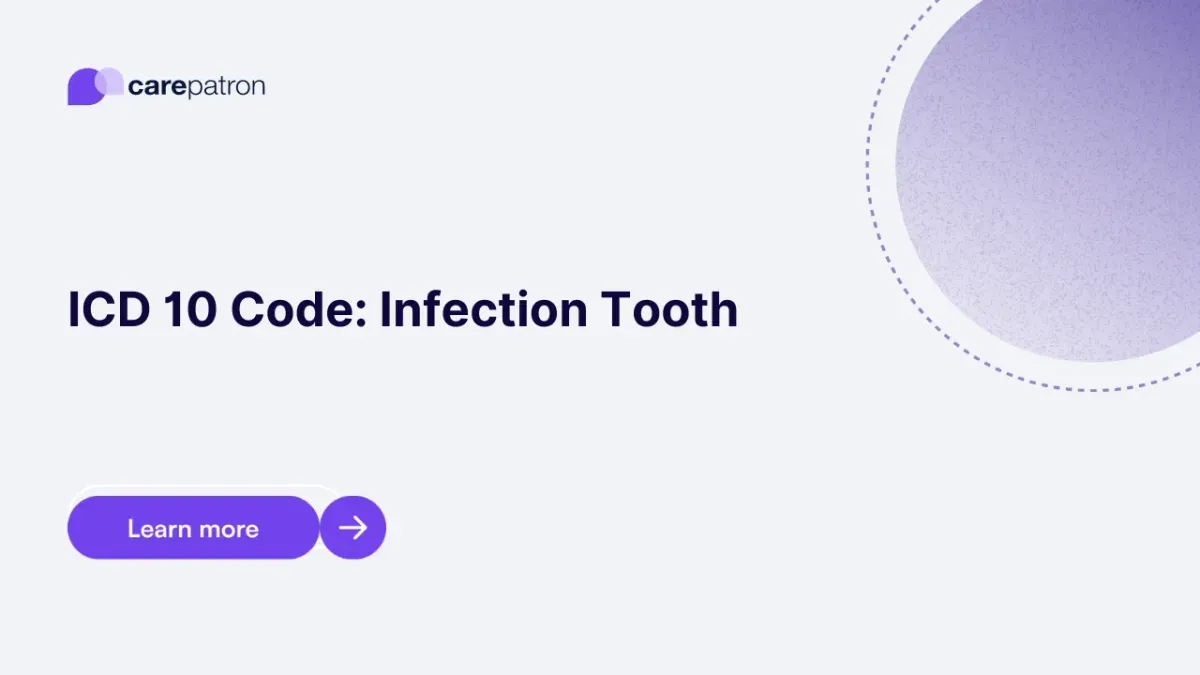
Infection Tooth ICD-10-CM Codes
Explore billable ICD-10-CM codes for tooth infections like periapical abscesses, pulpitis, necrosis, and causes, symptoms, and treatments.
Use Code
EHR and practice management software
Get started for free
*No credit card required
Free
$0/usd
Unlimited clients
Telehealth
1GB of storage
Client portal text
Automated billing and online payments
